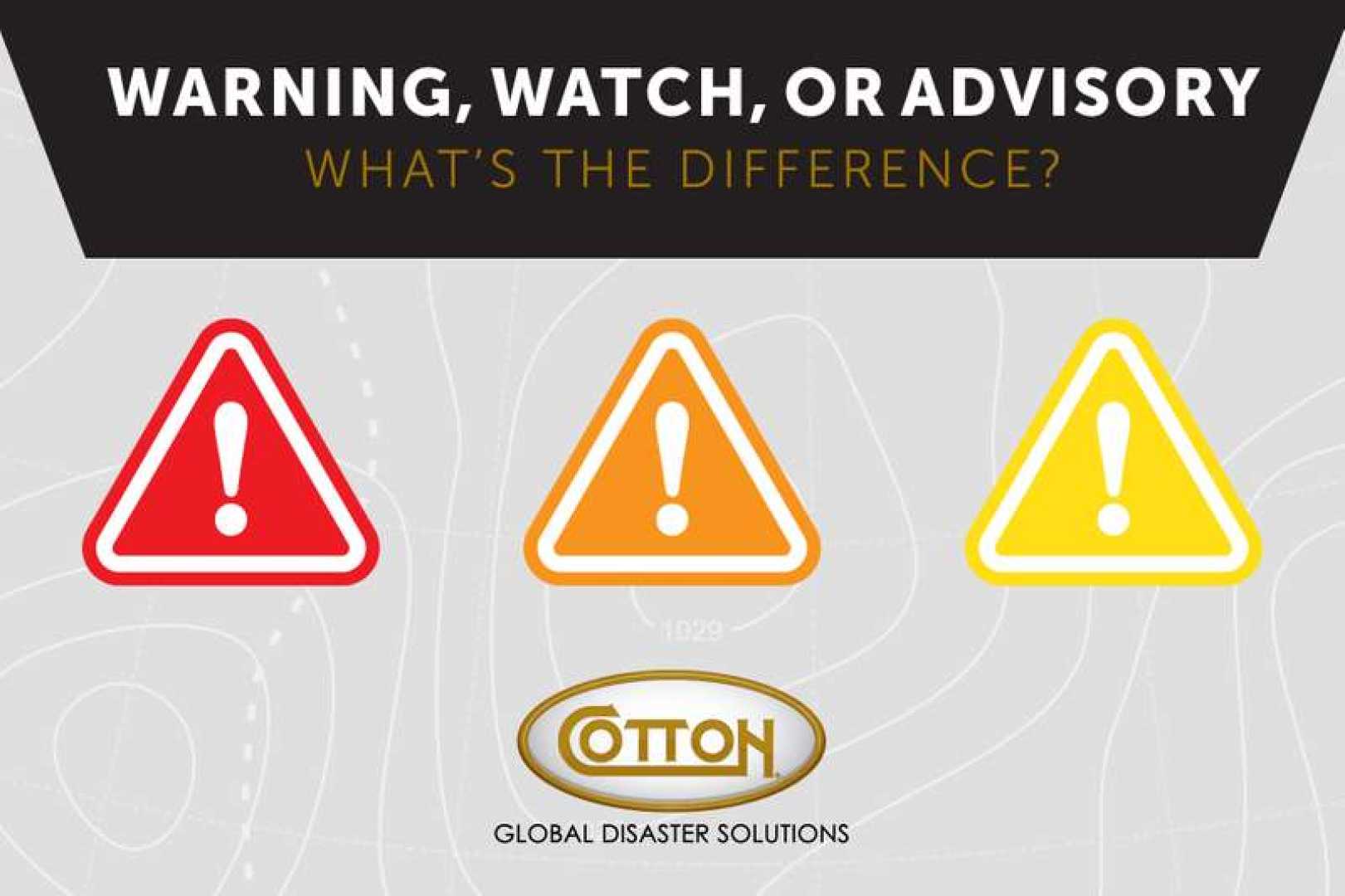News
Tornado Alerts: Know the Difference Between Watch and Warning

BAY MINETTE, Ala. — As severe weather season approaches, understanding the difference between a tornado watch and a tornado warning becomes crucial for public safety. A tornado watch indicates conditions are favorable for tornadoes to develop, while a tornado warning signifies that a tornado has either been spotted or indicated by radar.
The National Weather Service (NWS) issues tornado watches when atmospheric conditions suggest the potential for severe storms capable of producing tornadoes. During a tornado watch, residents should remain informed by monitoring weather updates, reviewing emergency plans, and identifying safe shelter locations. A watch does not mean a tornado has been spotted but serves as a precautionary alert.
According to NWS, when a tornado warning is issued, it means immediate action is necessary. “Seek shelter immediately in a basement or a sturdy building’s interior room on the lowest floor,” urges the weather service. Outdoor spaces and mobile homes provide little protection during such events. If caught outside, it is safest to find shelter quickly or lay flat in a low-lying area, covering one’s head.
The NWS describes tornadoes as “violently rotating columns of air extending from the base of a thunderstorm down to the ground.” Tornadoes typically last only a few minutes but possess the power to destroy buildings, uproot trees, and launch debris into the air. In the United States, NOAA reports that over 1,200 tornadoes occur annually, primarily stemming from supercell thunderstorms.
Recently, on Sunday at 1 p.m., a tornado warning was issued for Baldwin County. “At 1 p.m., a severe thunderstorm capable of producing a tornado was located 4 miles northeast of Bay Minette, moving northeast at 15 mph,” according to the weather service. They also cautioned that flying debris poses a risk, and advised residents to take cover immediately.
To ensure safety during a tornado threat, here are several guidelines recommended by the NWS:
- Stay informed: Regularly check local news or NOAA Weather Radio for updates on tornado watches and warnings.
- Have a plan: Develop a family emergency plan that includes meeting places and safe structures to seek shelter.
- Practice your plan: Conduct regular drills so everyone knows how to respond when a tornado warning is issued.
- Prepare your home: Reinforce your safe room, which may help provide additional protection.
- Help your neighbors: Encourage preparedness within your community and consider learning CPR.
In summary, knowing the distinction between a tornado watch and a warning can save lives. Residents are urged to stay well-informed, have a concrete plan in place, and act promptly when dangerous weather approaches.












